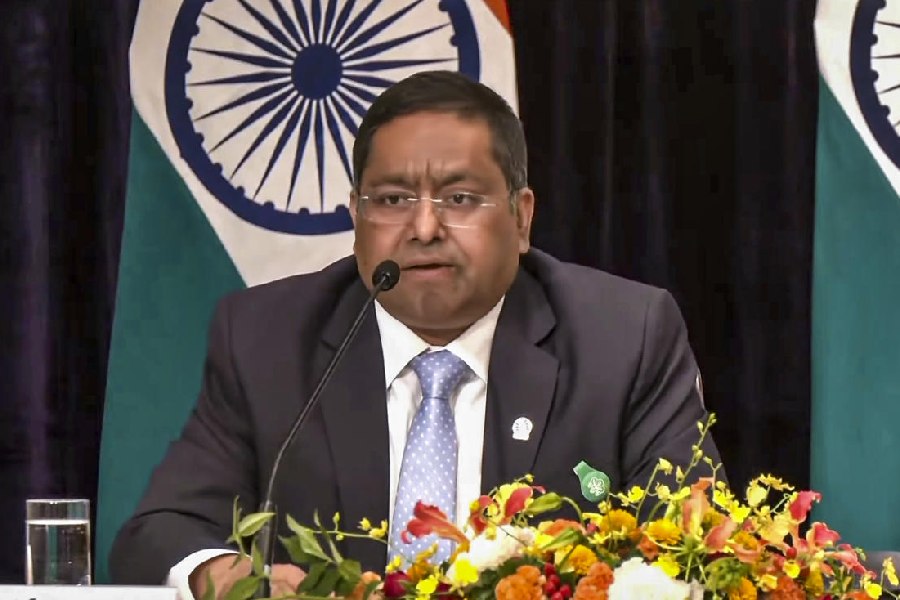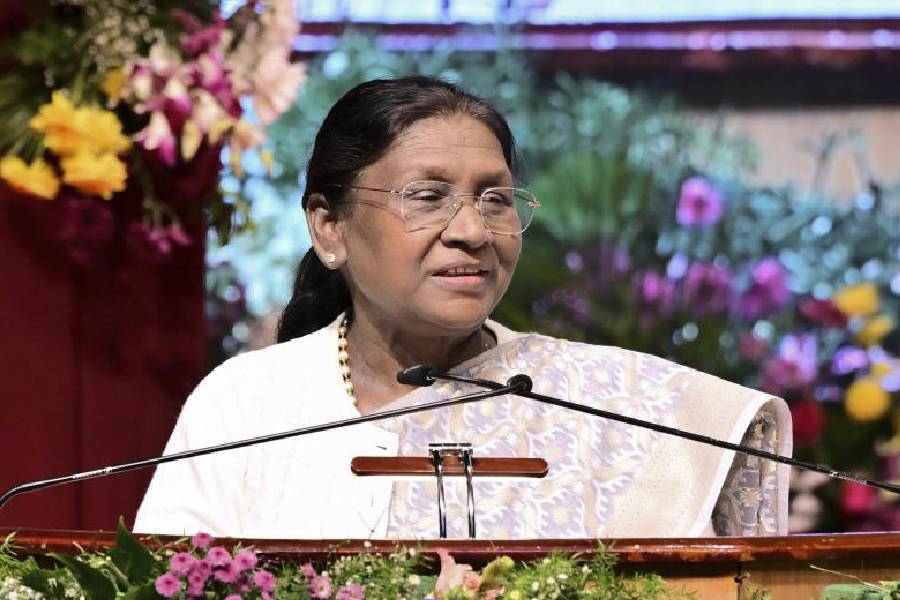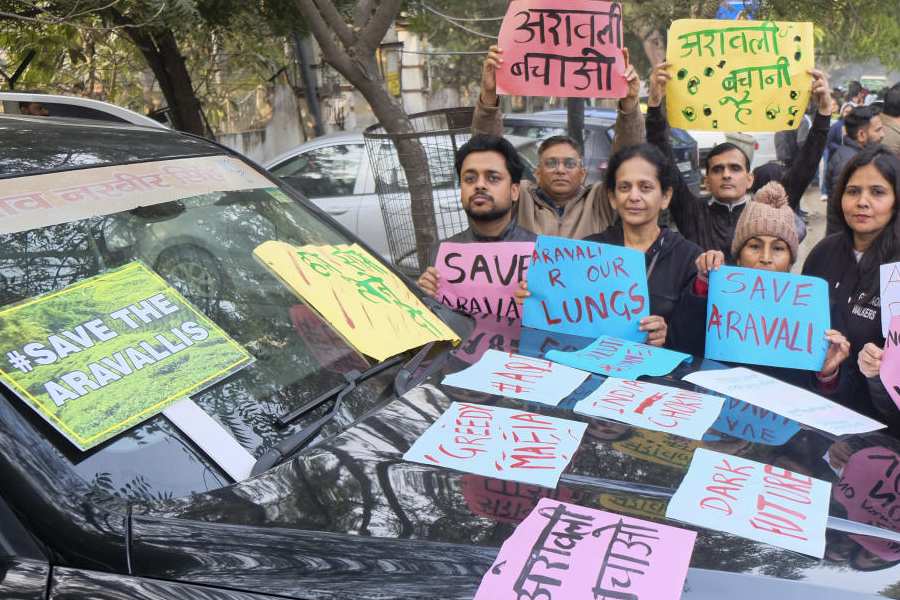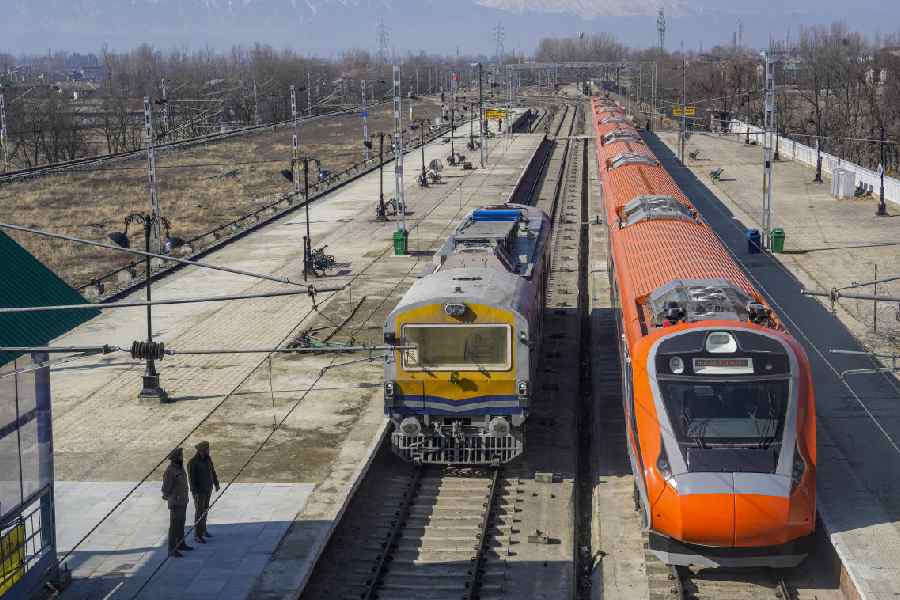The state government has decided to use services of mortuary vans for the first time to stop the misuse of ambulances, which often transport bodies from one place to another.
A senior officer of the health department said the government has sought the help of the Centre to procure the mortuary vans. If Delhi does not provide assistance, the state would use funds from its own resources.
The officer, who did not wish to be named, said: “We had sent a project implementation plan to the central government about this in December last year. We were expecting to get the approval by April end but we have not received any yet. We hope to get the Centre’s nod by the end of this month but if that does not happen, the state government will bear the expenditure of the mortuary vans.”
Two mortuary vans would be provided to each of the six medical college and hospitals and one more for each of the 38 districts. The ambulances meant for the districts would be under the control of the civil surgeon.
Sources said the health department decided to introduce the mortuary vans after it was found the 102 and 108 ambulances operated by the Bihar State Health Society are used to transport dead bodies, often under pressure of the local administration.
While the 102 ambulances (504 in number) are meant for inter-district travel, the 108 ambulances (50 in number) are meant for intra-travel. Only in case of emergency, would the 108 ambulances travel inter-district. Using these ambulances to transport bodies is illegal as well as more costly because of fumigation of the vehicles.
“The 102 and 108 ambulances are meant for transporting patients to hospitals. But in several cases, we found that bodies were being carried in these ambulances. It is justified if patients, being carried in the ambulances, die on the way but carrying the dead bodies in the ambulances is not allowed. It is not legally allowed. But it was found that sometimes the ambulance staff carried dead bodies under pressure of the local administration. It is a misuse of these ambulances and our reason to come up with the plan of buying mortuary vans,” said the senior officer.
Fumigation of the ambulances if bodies are transported in them is another cause for the health department to decide upon the mortuary vans.
“If dead bodies are carried in an ambulance, the vehicle would need to be fumigated. A procedure to clean ambulances using pesticides, fumigation involves a huge cost. A one-time cost is around Rs 5,000, depending on the nature of the decomposition of the body,” said the officer.
He added: “A body starts decomposing after four hours. It is possible that an ambulance would take more than four hours to carry a body from one place to another. Once it comes to light, the ambulance would have to be fumigated so that the next time ailing patients are taken on the ambulances, they are not infected.”
Apart from the plan to buy the mortuary vans, the government has also sought the Centre’s help to purchase more 102 and108 ambulances. “At present there are 554 ambulances in Bihar of which 50 are the 108 ambulances,” said the official.










